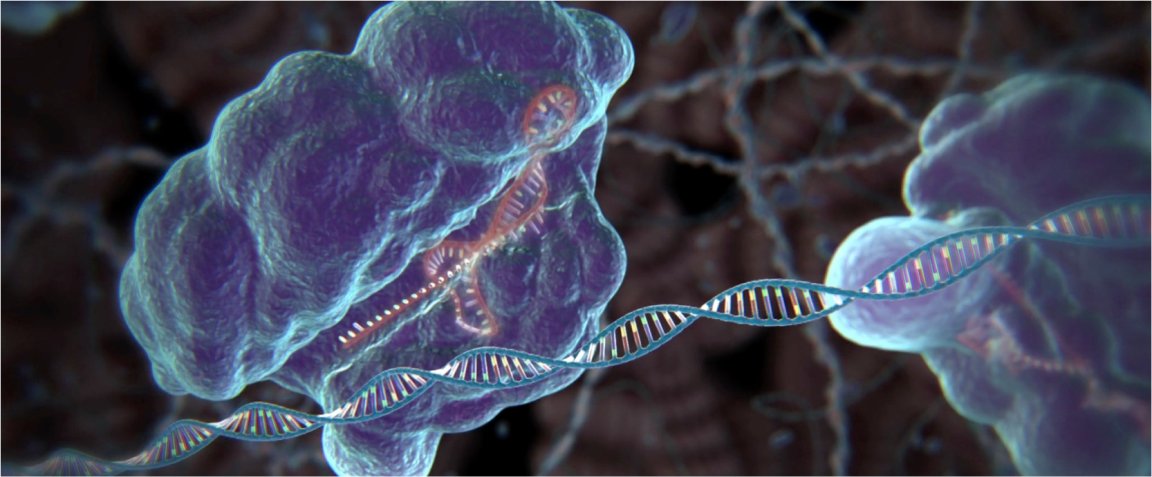
CRISPR-Cas9
CRISPR technology has exploded over the past few years. This field of study is exponentially growing, as more and more scientists are developing their own software algorithms to make the CRISPR gene editing process more efficient.
In short, researchers can use CRISPR to edit very precise locations on the genetic code, which can lead to developments like giving crops more agronomic traits, creating gene therapies in order to treat diseases, and eventually even genetically correct hereditary diseases in embryos.
“Because this system is so simple and efficient, any lab can do it,” said chemical biologist Jing-Ruey Joanna Yeh of the Massachusetts General Hospital’s Cardiovascular Research Center.
The simplicity in which genes can be edited in CRISPR trumps any other genome modification method, which traditionally involves delivering DNA into cells and hoping they stick to the right genome. And while some other systems offer the same accuracy as CRISPR, they are not as adaptable and must be customized for each use.
Despite all these advantages, CRISPR doesn’t work all the time. Jacob Corn of the Innovative Genomics Initiative at the University of California, Berkeley says “We don’t really understand why that is.”
With the help of software algorithms, researchers can close that gap by allowing them to give CRISPR tools a better statistical chance to succeed.
Improved Accuracy

A CRISPR system has two main parts: a protein (typically the Cas9 enzyme) and strand of programmable genetic code called a guide RNA. Cas9 functions as molecular scissors while the guide RNA directs the CRISPR system to a location on the genome. Once there, the Cas9 enzyme cuts out a segment of the DNA. The cut is then either repaired by the cell’s natural machinery or replaced by a new piece of genetic code.
The guide RNA is where the algorithms come in. Looking for the right segment involves locating the right 20-base segment along genomes that could be thousands of bases long.
“You could scan across the whole genome by eye to try to find [off-targets], but it will take forever,” says data scientist Cameron Ross McPherson of the Institut Pasteur in Paris (McPherson co-developed the CRISPR software Protospacer Workbench).
These algorithms can rapidly search genomes with only a few user inputs. One can simply specify the organism, the gene, and even add advanced parameters, and the algorithm can find all possible 20-base segments within the targeted gene. These options are then ranked based on uniqueness and then the user is presented with a list of guide RNAs that can lead to each option.
Other software has been developed by different teams, including Harvard’s CHOPCHOP and Benchling in San Francisco. Scientists are also studying Cas9 and other proteins to help improve guide RNA accuracy.